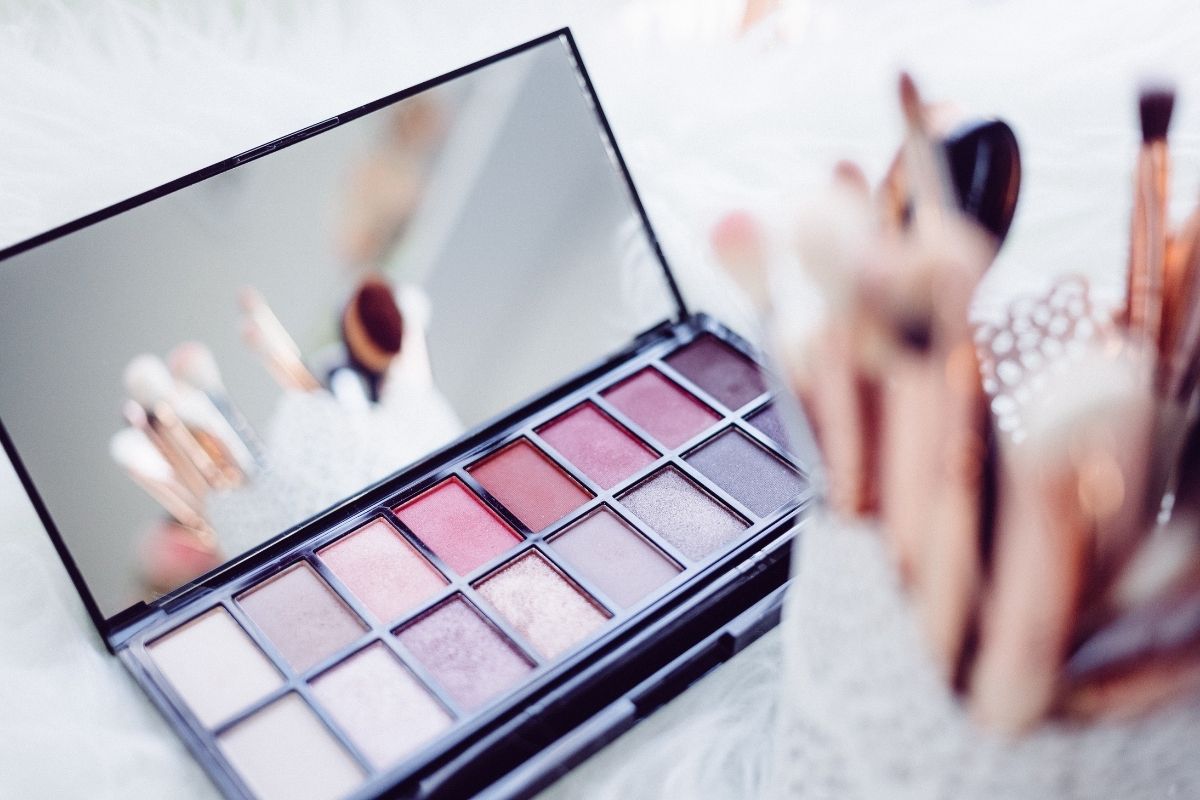The Cosmetics Industry: Manufacturing Process
Are you curious about the manufacturing process of the cosmetics industry? Cosmetics are the marriage between art and science and are made from a wide array of ingredients and processes.
The cosmetic development process begins with an idea, whether it is something new or an improvement on a current product. Ideas could come from brainstorming sessions, or they could be brought on by market or customer requests.
A brief is then created for the labs to begin the work. The brief outlines all the parameters needed to make the product successful. These include the product claims, texture, payoff, packaging, price, whether it is vegan, and if it will be dermatologist tested. As many details as possible are included in the brief so that the chemist knows from the beginning what the criteria is.
Once the formula is developed, the product developers start testing for efficacy. This preliminary testing is meant to give feedback to the chemists so they can perfect the product.
Once the product has met the criteria, a more in-depth testing occurs of the formula. The packaging is also tested against heat and cold extremes. If all tests are passed, the product then requires a scale-up.
A scale-up is the process of taking the product from the lab, to manufacturing, and finally to the shelf. This part is critical in the cosmetic development process. If the scale-up is not successful, then you must head back to the drawing board.
The scale-up starts with a pilot, which is a smaller quantity being made. This is normally a good learning experience for all. Observations are made by chemists, engineers, operations, and product development.
Once the pilot is successful, a full-scale production is run. After the pilot, product development works on more testing, whether it is with consumers, clinical labs, and other safety testing.


